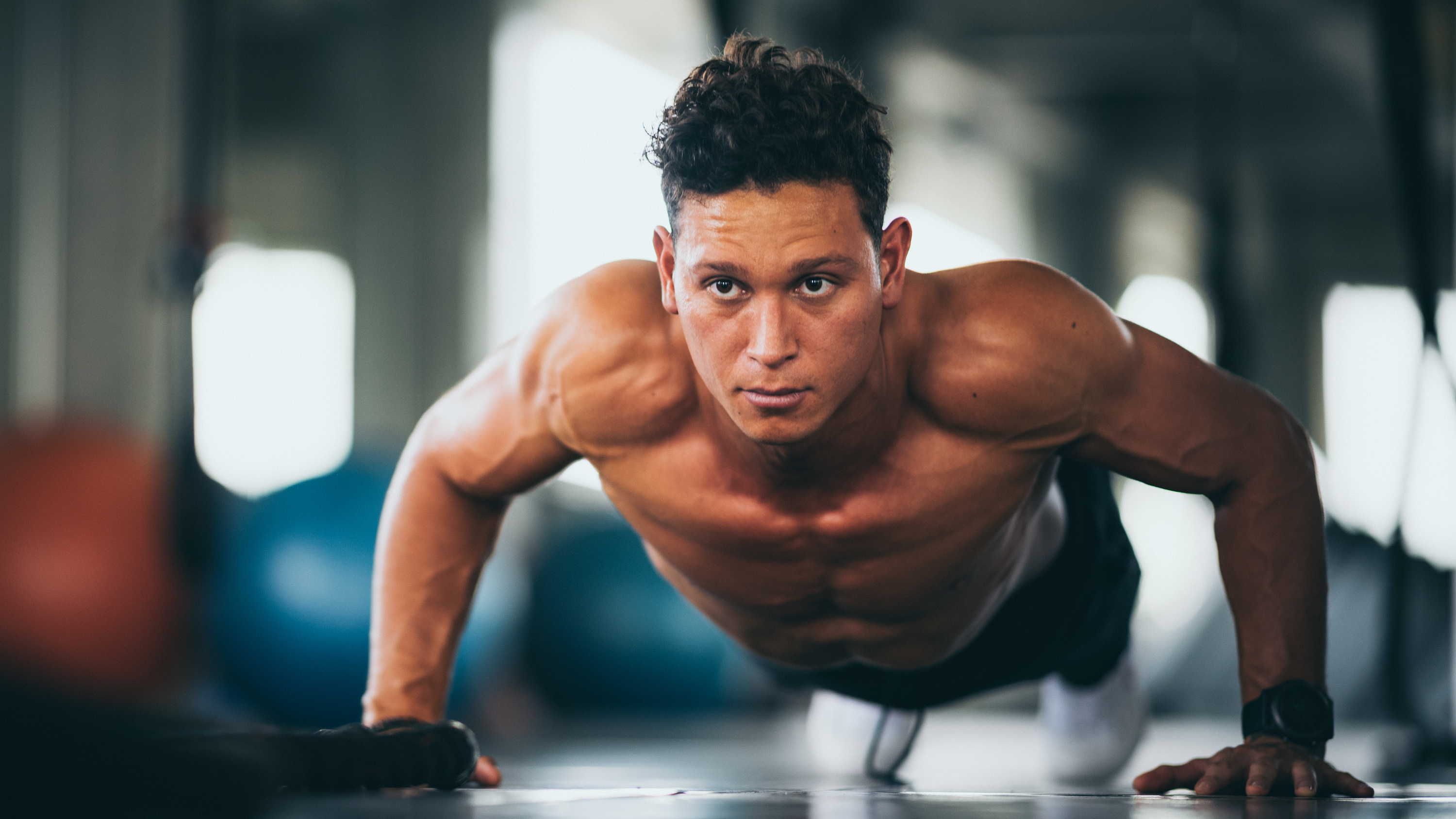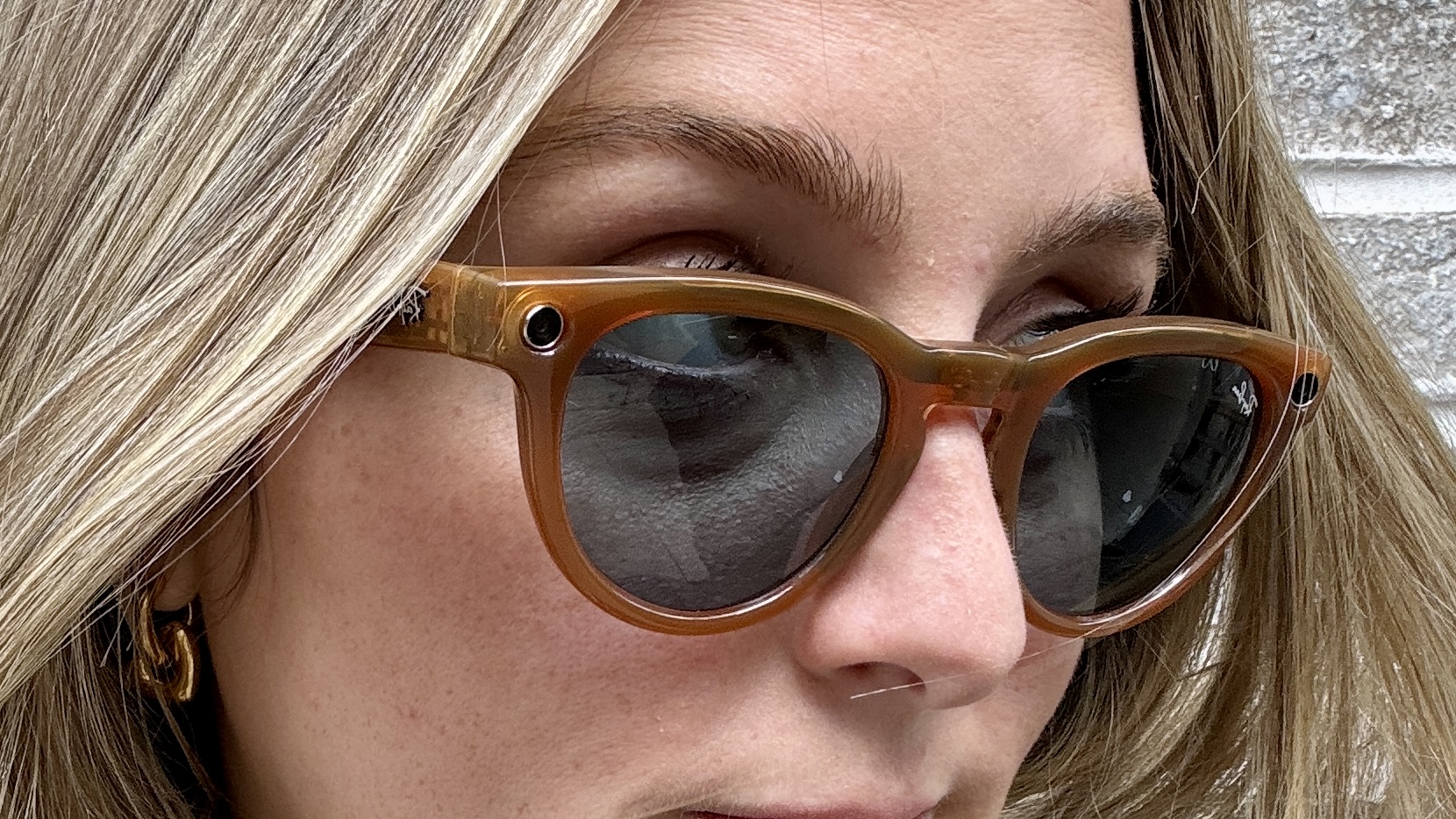Forget the gym — 7 bodyweight exercises that strengthen and define your entire body
A no-equipment workout to blast your full body

A good workout is not defined by how much equipment is involved. So quit any worrying about not having any weights or cardio machines to hand and pick up this seven exercise bodyweight workout up instead.
The no equipment workout combines movements that engage the upper and lower body while emphasizing core stability. The routine targets muscles in the legs, core, and upper body and will also to help improve cardiovascular endurance, strength, and overall fitness.
We are about to run over the format of the workout and how to perform each exercise but before you get stuck into things we highly recommend sourcing one of the best yoga mats to perform this on. A mat provides a comfortable and supportive surface, reducing the impact on your joints during exercise. The non-slip surface also enhances stability, allowing for better balance and proper form during various moves.
What is the workout?
The workout comes from an Instagram video shared by fitness trainer, Shaina Fata, where she demonstrates each exercise below to help you pick up the right form. Proper form helps make sure you are targeting the intended muscles and maximizing the effectiveness of the exercise all the while promoting balanced muscle development. It also helps prevent injuries.
Altogether, you will perform three to four rounds of this routine. Fata outlines in her post that this routine is a combination of timed workouts and counting reps. She recommends doing it as one big circuit and completing all exercises before moving to the next round. Keep reading for a breakdown of the routine.
A post shared by Shaina Fata ☀️ (@shainamarie.b)
A photo posted by on
Squat Up-Downs (40 seconds)
Stand with your feet shoulder-width apart, toes pointing slightly outward. Engage your core and keep your chest lifted. Lower your body into a squat position by bending your knees and pushing your hips back, as if sitting into a chair. Keep your back straight, and ensure your knees are in line with your toes. From the squat position, transition to kneeling by bringing one knee down to the ground, followed by the other knee. Rise back up to the squat position by lifting one knee and then the other. Keep repeating for 40 seconds.
Push up to forward arm raise (40 seconds)
Begin in a high plank position with your hands directly beneath your shoulders.
To perform the push-up, lower your body toward the floor by bending your elbows, keeping them close to your body. Lower your chest until it hovers just above the ground. Push through your palms to extend your arms and return to the starting plank position. From the plank position, lift one arm off the ground, extending it forward in line with your shoulder. Lower the raised arm back to the ground. Perform another push-up and then raise the opposite arm in a forward arm raise. Continue alternating arms with each repetition.
Get instant access to breaking news, the hottest reviews, great deals and helpful tips.
Hovering Table Single Leg Extensions (8 per side)
Get into forward facing tabletop position and lift your knees a few inches off the ground, creating a straight line from your head to your heels. Keep your wrists directly below your shoulders, maintaining stability in your upper body. While keeping your body in a hovering table position, extend one leg straight out behind you. Hold the extended position for a moment, ensuring your body remains stable. Return the extended leg to the hovering table position. Extend the opposite leg straight behind you while maintaining the hovering table position. Hold briefly and then return to the starting position.
Back Lunge to Kickstand Squat (8 per side)
Stand with your feet hip-width apart and your hands on your hips or in front of you for balance. Take a step back with your right foot, lowering your body into a lunge position. Bend both knees to about a 90-degree angle, ensuring your left knee is directly above your left ankle. From the lunge position, lift your right foot off the ground and bring it next to your left ankle, creating a "kickstand" position. Balance on your left leg with the right foot slightly off the ground.
Transition into a squat by bending your left knee and lowering your body toward the ground. Push through your left heel to return to a standing position. Step back with your left foot this time, performing a back lunge, followed by the kickstand squat. Continue alternating legs for each repetition.
Plank Rows (40 seconds)
Begin in a high plank position with your hands directly beneath your shoulders. Your body should form a straight line from head to heels, and your feet should be hip-width apart. Lift your right hand off the ground and pull your elbow towards the ceiling, engaging the muscles in your upper back and shoulder. Keep your hips and shoulders parallel to the ground. Lower your right hand back to the ground with control. Continue alternating rows, maintaining a stable plank position throughout the exercise.
Forearm Plank Wide Knee Taps (40 seconds)
Begin in a forearm plank position with your elbows directly beneath your shoulders. Spread your feet wider than hip-width apart for stability. Lift your right knee towards your right elbow, bringing it across your body. Aim to tap or bring the knee as close to the elbow as comfortably as possible. Extend your right leg back to the starting plank position. Lift your left knee towards your left elbow, crossing your body. Continue alternating knee-to-elbow movements, maintaining a stable plank position.
Side Lunges (8 reps on each side)
Begin by standing with your feet together and arms relaxed at your sides. Take a step to the right with your right foot, keeping your toes pointing forward. As you step to the side, shift your body weight to your right hip. Begin to lower your body by bending your right knee, pushing your hips back, and keeping your left leg straight. Continue lowering your body until your right thigh is parallel to the ground or as far as your flexibility allows. Ensure your right knee is directly above your right ankle, and your left leg remains straight. Push off with your right foot, engaging your inner thigh muscles, to return to the starting position. Repeat the same sequence on the left side by stepping to the left with your left foot.
What are the benefits of this workout?

Bodyweight workouts offer a plethora of benefits, making them a versatile and accessible option for individuals at any fitness level. One significant advantage is the convenience of performing these exercises anywhere, requiring minimal to no equipment. This accessibility will help promote consistency allowing you to integrate fitness into your daily routine with less fuss. Additionally, bodyweight workouts enhance functional strength and stability by engaging multiple muscle groups simultaneously.
The question of whether bodyweight workouts can build muscle is often raised. While traditional weightlifting may be the primary choice for hypertrophy, bodyweight exercises can still contribute to muscle development, especially for beginners. Plank Rows, for instance, engage the upper back, arms, and core, providing a challenging stimulus for muscle growth.
Once you develop a good base level of strength you may like to add one of the best kettlebells into your strength training.
More from Tom's Guide
- I did 50 walking lunges every day for a week — here’s what happened to my legs
- The Oura Ring is my favorite gadget of 2023 — 3 best ways to use yours during the holidays
- Forget sit-ups — these are the best exercises for sculpting a six-pack

Jessica has been a fitness writer at Tom’s Guide since 2023, bringing three years of experience writing about health, fitness, and the great outdoors. Her passion for exercise began during her childhood, where she spent weekends hiking and competing in local athletics club events. After earning a master’s degree in journalism from Cardiff University, Jessica found the perfect way to combine her love of storytelling and fitness into a career.
Jessica is passionate about testing fitness gear and tech, using her reviews to help readers make informed buying decisions. She ran her first marathon in April 2024, finishing it in 3 hours and 48 minutes. Through her training, she’s developed a deep understanding of what it takes to grow as a runner, from effective workouts and recovery techniques to selecting the right gear for every challenge.
When she’s not at her desk, Jessica enjoys spending time in the kitchen crafting new recipes, braving cold water swims and hiking.
